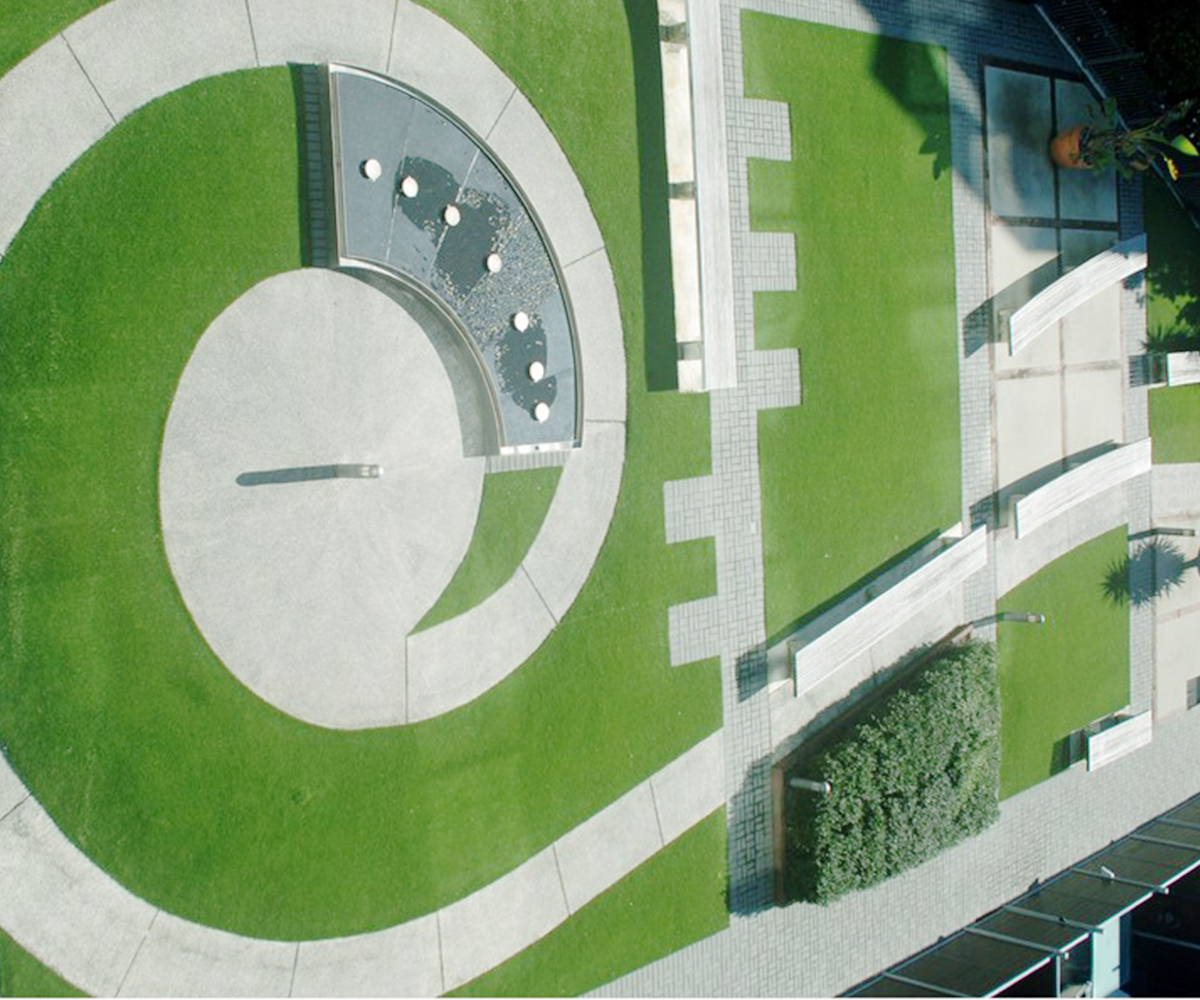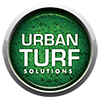Unveiling Advantages, Drawbacks, and Choosing the Right Turf for Your Needse
Artificial grass, also known as synthetic turf, is a popular alternative to natural grass in landscaping and sports applications. It is made from a variety of materials, including polyethylene, polypropylene, and nylon, and is designed to look and feel like real grass. Artificial grass is often used in residential and commercial landscaping, playgrounds, and sports fields due to its low maintenance and durability.

In recent years, the quality and appearance of artificial grass have improved significantly, making it difficult to distinguish from real grass. It has become a popular choice for many homeowners and businesses looking for a low-maintenance and sustainable alternative to natural grass. In this article, we will explore the benefits and drawbacks of artificial grass, how it compares to natural grass, and how to choose the right type for your needs.
Benefits of Artificial Grass
Low Maintenance: One of the main benefits of artificial grass is its low maintenance requirements. Unlike natural grass, which requires frequent watering, mowing, and fertilising, artificial grass requires very little upkeep. It doesn’t need to be watered, mowed, or fertilised, which saves time and money in the long run. It is also ideal for areas with low water availability or in drought-prone regions.
Durability: Artificial grass is extremely durable and can withstand heavy foot traffic, making it an ideal choice for sports fields and playgrounds. It is also resistant to weather conditions such as rain, snow, and extreme heat. With proper installation and maintenance, artificial grass can last up to 20 years.
Versatility: Artificial grass can be used in a variety of settings, including residential and commercial landscaping, sports fields, and playgrounds. It is available in a range of colours, textures, and pile heights, making it a versatile choice for any application.
Safety: Artificial grass is a safe option for children and pets, as it eliminates the need for harmful pesticides and fertilisers. It also reduces the risk of injury due to its even and cushioned surface.
Sustainability: With the increasing concern for water conservation and environmental sustainability, artificial grass is becoming an increasingly popular choice. It doesn’t require watering, which reduces water usage and helps conserve resources.
Drawbacks of Artificial Grass
Heat Retention: Artificial grass can become hot during the summer months, which can be uncomfortable for people and pets. The surface temperature of artificial grass can reach up to 86 degrees Celsius on hot days, compared to natural grass, which typically stays around 38 degrees Celsius. It is important to choose a type of artificial grass with a lighter color and a lower heat retention to avoid this problem.
Initial Cost: While artificial grass is a long-term investment, it requires a significant upfront cost for installation. The cost of artificial grass varies depending on the quality and brand, but generally, it is more expensive than natural grass.
Environmental Concerns: While artificial grass is a sustainable option for water conservation, it is not entirely environmentally friendly. It is made from petroleum-based products, and its production can emit greenhouse gases. It is also not biodegradable and can end up in landfills when it needs to be replaced.
Not as Natural Looking: While the quality of artificial grass has improved over the years, it still doesn’t look or feel as natural as real grass. The texture and color of artificial grass can look and feel fake, which may not be desirable for some homeowners or businesses.
Requires Maintenance: While artificial grass requires less maintenance than natural grass, it still requires some upkeep. It needs to be brushed regularly to prevent flattening and should be washed occasionally to remove debris and maintain its appearance.
The Environmental Impact of Artificial Grass
One of the main concerns that people have about artificial grass is its environmental impact. However, when compared to natural grass, artificial grass actually has several benefits in terms of sustainability.
The installation of artificial grass requires very little water. This is particularly important in areas that suffer from drought or water shortages. Natural grass, on the other hand, requires a significant amount of water to stay healthy and green. Artificial grass does not require the use of fertilisers, pesticides, or other chemicals that are often used to maintain natural grass. These chemicals can be harmful to the environment and can leach into the soil, affecting the local ecosystem. Artificial grass can be recycled at the end of its life, reducing the amount of waste that ends up in landfills. Most artificial grass products are made from recyclable materials and can be recycled once they have reached the end of their useful life.
Of course, it is important to choose a high-quality artificial grass product that is manufactured using sustainable practices in order to ensure that you are getting the most environmentally-friendly product possible.
The Cost of Artificial Grass
One of the main reasons that people choose artificial grass over natural grass is because of the cost savings that it provides in the long run. While the initial installation costs may be higher than those of natural grass, the ongoing maintenance costs of artificial grass are significantly lower.
With natural grass, you will need to spend money on fertiliser, pesticides, and water in order to keep it healthy and green. These costs can add up quickly, particularly in areas that are prone to drought or water shortages.
In contrast, artificial grass requires very little maintenance. You won’t need to mow it, water it, or apply any chemicals to it. This means that you will save money on ongoing maintenance costs over the lifespan of the product.
The lifespan of artificial grass is significantly longer than that of natural grass. While natural grass may need to be replaced every 5-7 years, high-quality artificial grass can last for up to 15-20 years with proper care and maintenance. This means that you will save money on replacement costs in the long run.
While the initial cost of artificial grass may be higher, the long-term cost savings can make it a more cost-effective choice in the long run. Additionally, the lower environmental impact and reduced maintenance requirements of artificial grass can make it a more sustainable choice as well.
